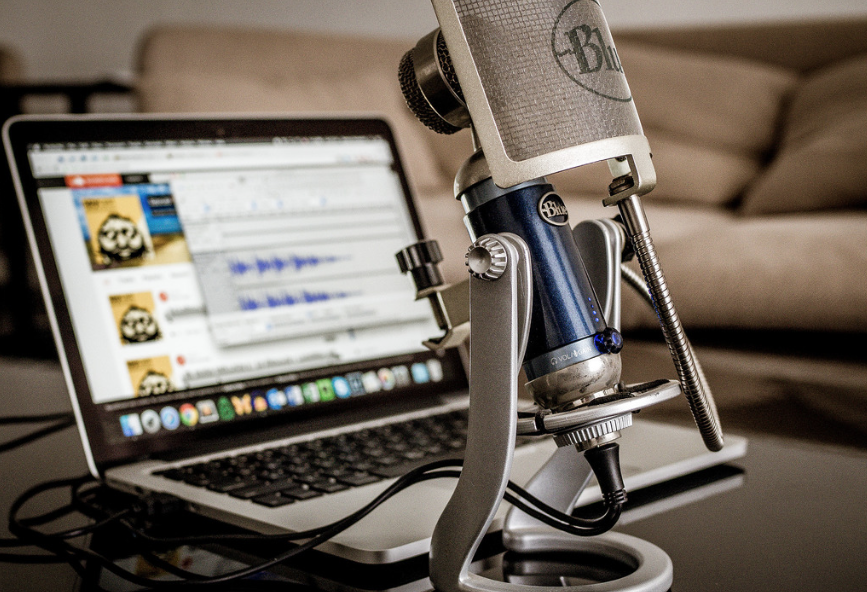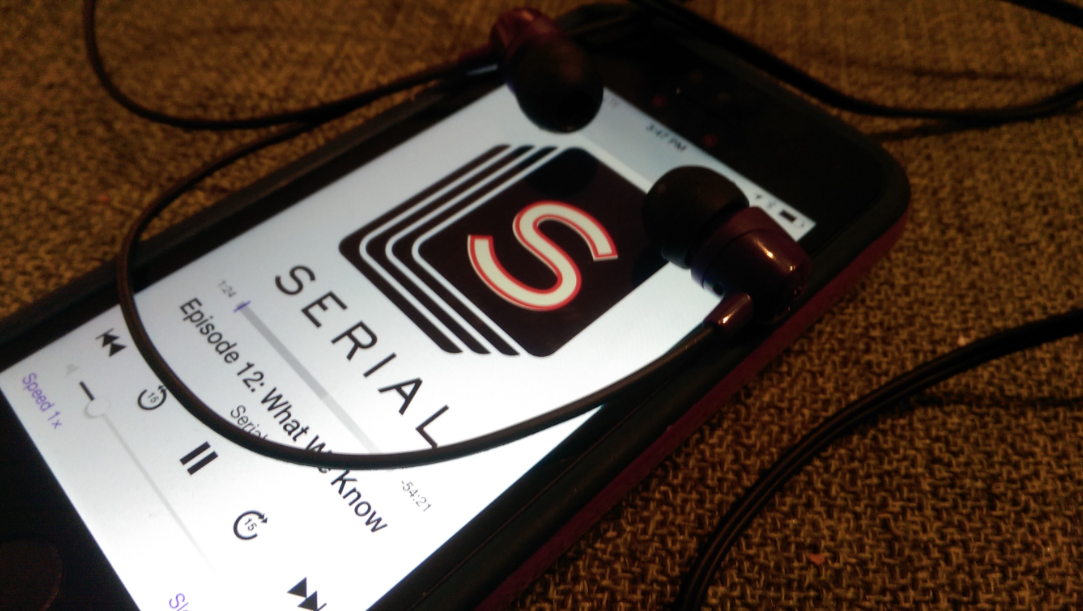Marketing Your Podcast: 7 Newbie Mistakes
How do you attract new listeners to your podcast and increase downloads? There’s a myriad ways to do this and their effectiveness depends hugely on the type of podcast content you’re producing, but there are some surefire pitfalls that’ll likely see you never move out of single digit listener figures…
… today, we’re looking at some of the most common mistakes both amateur and pro podcasters frequently make.
For the purpose of this post, we’re going to go ahead and assume that you’ve already begun posting episodes and have a dedicated podcast website to promote (if not, the most popular free podcast hosting sites to check out are Podbean, Libsyn, Podomatic and Buzzsprout.)
1. Not Putting Your Podcast On iTunes
Apple has long had the monopoly on podcasting — and that isn’t likely to change anytime soon. While there are plenty of other services to tap into that listeners favor over iTunes, you’re hamstringing yourself if you don’t play ball with the big daddy.
The main reason podcasters don’t upload to iTunes is that they’re daunted by the complexity of it all. In reality, it’s surprisingly easy to get listed; most hosting services automate this process, but even if you’re doing it manually, Apple has released a step-by-step guide that doesn’t take long to follow.
Once you’re on iTunes, don’t forget to urge your listeners to leave reviews. Common consensus is that this is the main metric Apple consider when it comes to placing your podcast prominently on the store.
2. Not Putting Your Podcast Anywhere Else
Because iTunes is only the first step.
Having your own podcast website as a one-stop shop for all the episodes is fantastic. But the problem with relying on your website alone is that unless you do extensive SEO work, your website won’t do much to put itself in front of the eyeballs of anyone who isn’t already looking for it.
Sites like YouTube and Soundcloud, on the other hand, do much more. Although an element of luck is involved, reproducing the podcast there at least creates the chance that the sites’ algorithms will auto-suggest your content to new people. If you’re looking at other sharing platforms, you’re missing a trick. Try to hit as many platforms as possible.
It might seem counterintuitive to diffuse the podcast across numerous places, but a listener is still a listener — and a decent portion of people will follow the description links back to the original source, i.e. your main website.
This point leads us neatly onto…
3. Depriving Your Listeners of Follow Options
We’ll be the first to admit that it can feel like a bit of a chore maintaining increasingly numerous social channels and making sure a podcast works for all devices, but in this day and age it’s extremely important to cater to all potential listeners.
Just expecting people to revisit the website to see if there’s any new content won’t work. People want notifications.
A working RSS feed is essential, and you’ll hopefully already be on iTunes. But don’t neglect Android users, and bear in mind that some people still prefer to get their notifications via old-fashioned email.
A quick way of doing this? Simply use the following code courtesy of Blubrry.com – just remember to add your own podcast url:
Android:
<a href=”http://subscribeonandroid.com/YOURPODCASTURL/” title=”Subscribe on Android”><img src=”https://assets.blubrry.com/soa/BadgeLarge.png” alt=”Subscribe on Android” style=”border:0;” /></a>
Email:
<a href=”http://subscribebyemail.com/YOURPODCASTURL/feed/” title=”Subscribe by Email”><img src=”https://assets.blubrry.com/sbe/EmailBadgeLarge.png” alt=”Subscribe by Email” style=”border:0;” /></a>
Both of those will generate a little button that listeners can click on and get instant notifications via their method of choice. Add these to the website’s sidebar (along with your RSS and iTunes links) and they’ll have plenty of options to keep up-to-date with new episodes.
4. Making Your Podcast’s Concept Convoluted
Very few people want to hear someone monologuing for an hour without any structure (and one-person podcasts are rare, as we cover further down). So it’s especially important to have a strong hook if you want to snag a listener’s interest and stand out from the crowd.
This hook doesn’t need to be a “gimmick,” per se; it could be a niche topic that few other podcasters are addressing, or a novel concept for the format.
Whatever you do, make sure you can explain it in one sentence — much like a good book or film. “Two women review classic film noir movies” is strong; “two women watch old movies while drinking beer and talking about the news that happened last week” isn’t.
5. Not Investing in Your Podcast’s Audio Quality
Given that podcasting is an audio-only medium, it’s surprising how many podcasts currently active feature extremely low-quality audio. Needless to say, very few (read: none) of them ever make it into charting positions.
Don’t be one of them. A good mic is obviously important, but don’t skimp on quality headphones either. If you’re listening back to the podcast on your laptop or phone speakers while editing the episode, you’ll never get a good handle on the levels without great headphones.
To go above and beyond in the quest for audio quality, you may want to also invest in an above-standard hosting package that offers more than the standard free packages available through most services. You’d get more control, a dedicated .com address, and greater analytics insight. But if your production value isn’t up to scratch to begin with, a fancy hosting package would be putting the cart before the horse.
6. Failing to Capitalize on Collaborations
There’s no quicker way of growing a new podcast from scratch than to collaborate with other podcasters. Once you’ve got a few stellar episodes under your belt, many low-level podcasters will be delighted at being invited onto your show, and hopefully the offer will be reciprocated.
As you grow, you’ll be able to set your sights higher and hook up with podcasters that have bigger listener-ships. Just don’t spam, for heaven’s sake. Aim to form meaningful connections with podcasters operating within the same niche. And you’ll probably want to invite guests to your podcast at least once every episode to add a little spice and keep your content engaging.
7. Dropping off Schedule
Not posting episodes of what is supposed to be a weekly podcast for weeks on end is anathema to growing your audience, and it’s hard to regain momentum again after a hiatus.
Sounds obvious, but it comes as a result of something that isn’t obvious: podcasting is time-intensive.
Many newbies go in thinking it’s as simple as turning on a mic, hitting record and uploading the results online. The truth is that coordinating recording windows with guests or co-hosts, detailed editing, writing show notes, and maintaining the infrastructure of the podcast takes time.
So don’t promise too much going in. You can always ramp up the frequency of episodes further down the line, but it’s detrimental to drop back from what your listeners expect.
But don’t be disheartened. There’s never been a better time to get into podcasting, and when it goes well it’s hugely rewarding.
Best of luck, and don’t forget to let us know what you’re working on in the comments below!





